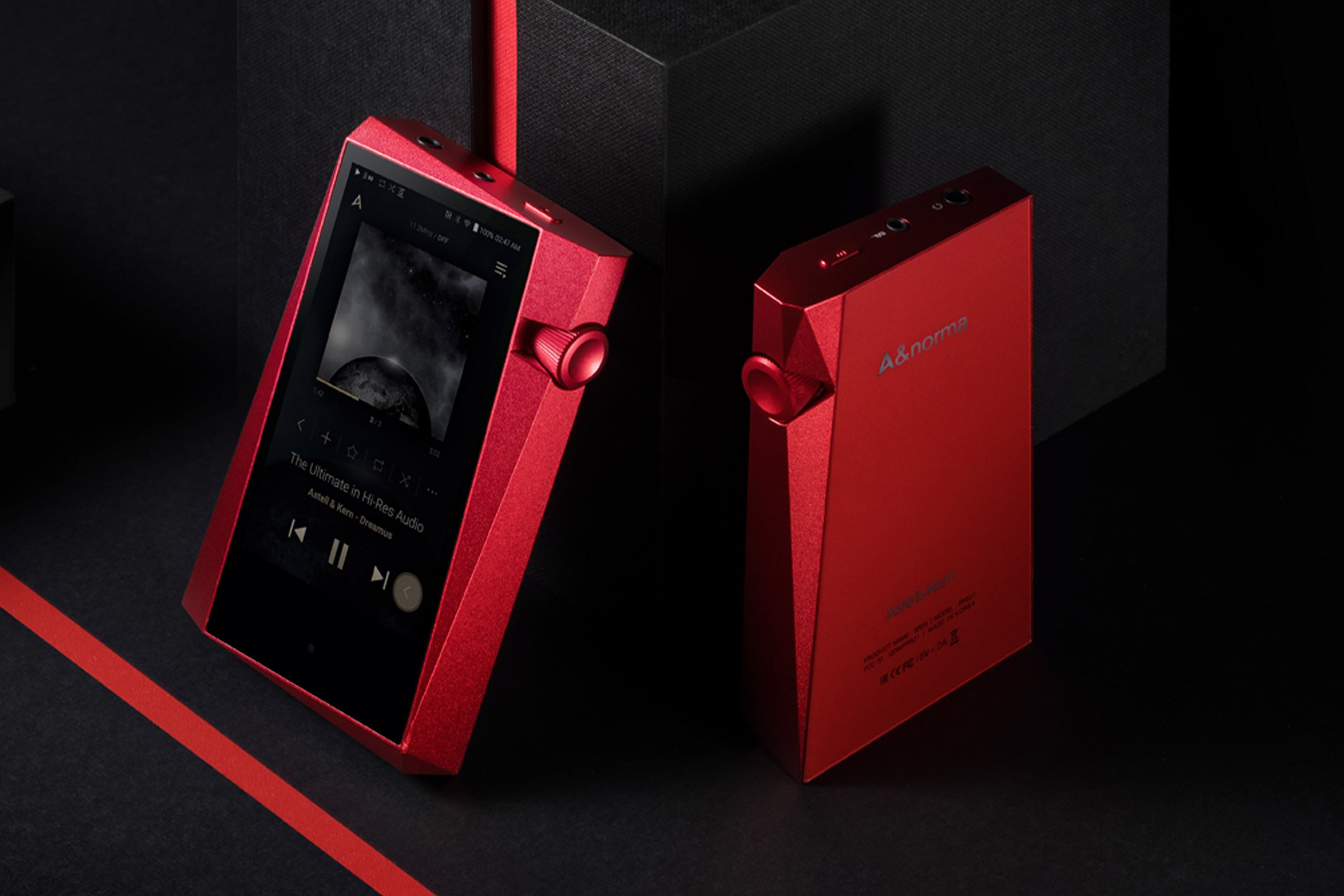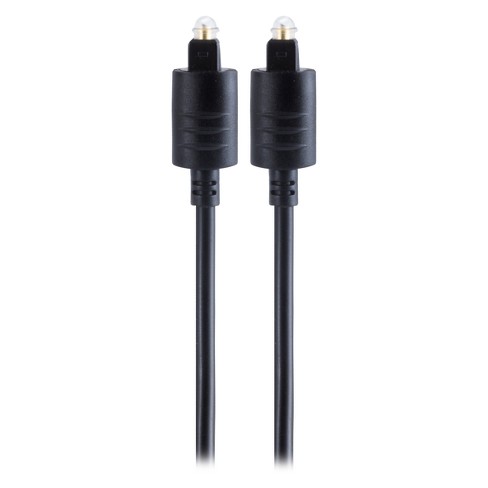

Still have a question? Tweet at him check out his travel photography on Instagram.
Any high res audio players that use fiber optic tv#
Got a question for Geoff? First, check out all the other articles he's written on topics like why all HDMI cables are the same, TV resolutions explained, LED LCD vs. How about you? How many optical cables do you still use in your A/V system? So while for most people the optical cable has been replaced by HDMI and forgotten, the optical cable technology is here to stay. Facebook and Microsoft, for example, just finished laying MAREA, a trans-Atlantic cable with a bundle of eight fiber-optic threads that together can transmit up to 160 terabits per second. Fiber-optic cables are also becoming the backbone of the Internet itself. Google Fiber, Verizon FIOS, AT&T Fiber, and others are fiber-optic broadband lines that supply hundreds of megabits, and in some places even a gigabit, per second to your home. While it may someday disappear from inside of your home, it lives on, even thrives, outside. The once and future cableįibre Optic cables used to send data, images and telephone conversations.Ĭry not for the humble optical cable. These cousins of the Toslink connection may share lasers and copperless cables, but they're Ferraris to Toslink's bicycle. It's also capable of far longer runs than traditional HDMI cables. HDMI-over-fiber is usually more expensive than wireless, but significantly less prone to interference and issues. Perhaps ironically, many custom installers use optical to transmit HDMI data. So yes, in theory optical can do a lot of things, but because everyone jumped onto HDMI, optical was left to languish. Optical: Which digital-audio connection to use? You don't need new HDMI cables for Dolby Vision HDR.With no specification, one piece of gear can't talk to another piece of gear. Because there is no specification for the optical connection to handle high-res audio, it can't do it. Unlike HDMI, which has expanded its capabilities significantly over the short time it's been available, Toslink has remained largely the same. So limited, it can't even transmit the high-resolution audio formats that came out with Blu-ray more than a decade ago, such as Dolby TrueHD and DTS Master Audio. But the optical audio connection is far more limited. In theory, optical cables can transmit tremendous amounts of data.

So where'd it go? Doesn't optical have the potential for significantly more bandwidth than HDMI? Well… no. The Chromecast Audio uses the mini-Toslink variant which fits inside a 3.5mm analog jack. Of course, on the audio side devices like the Chromecast Audio also use an optical connection and this is as much due to space constraints as anything else. Most soundbars still persist with an optical connection, and they are one of the only thing that keeps the format holding on. It's also disappeared from many smaller TVs, though it lingers on in larger ones, a potentially redundant backup to HDMI with ARC. It's gone completely on the latest Roku and Apple TV 4K, for example. But now more and more gear are dropping optical. Even in the early days of HDMI, right next to it would be the lowly optical cable, ready in case someone's receiver didn't accept HDMI. Through the '90s and 2000's, the optical cable was near-ubiquitous: The easiest way to get Dolby Digital and DTS from your cable/satellite box, TiVo, or DVD player to your receiver. This limited their range to in-room use, primarily. Though glass cables were available, for even more money, most optical cables were made from cheap plastic. The Amazon Basics DAC is an audio adapter that can be used to convert digital optical audio to analog RCA output. You've seen standard S/PDIF connections a bunch too they're often called "coax digital." Optical had certain benefits over copper cables, but they were also more fragile, and for a long time, more expensive. With this DAC, you can now enjoy high-fidelity music from your digital coaxial or fiber optic audio source, such as your TV, DVD player or Blu-ray player, through your stereo amplifier and speakers. Developed in the early '80s to connect their CD players to their receivers, it was a red laser optical version of the Sony/Phillips "Digital Interconnect Format" aka S/PDIF standard. The official term for optical audio cable is " Toslink," short for Toshiba Link. This once cool cable is dying a very slow death. More and more products are dropping the optical connection. And while the optical cable was the digital audio transfer method of choice for decades, it has started to disappear. It was once the most high-tech and futuristic feature you could find: Transmit sound - with light! Lasers! A cable not of copper, but glass!Įxcept, it was almost never glass, and was usually expensive.


 0 kommentar(er)
0 kommentar(er)
